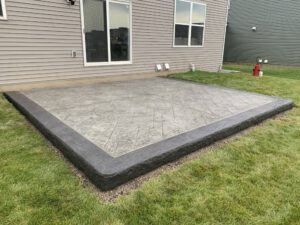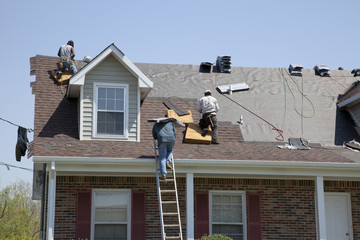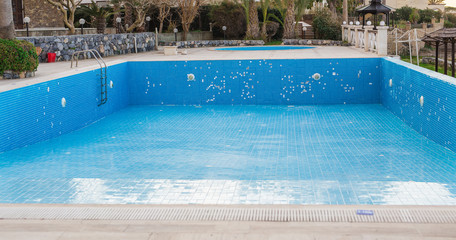Stamped concrete adds beauty to a concrete surface. To achieve this, a concrete slab must be laid, and then a large stamp is used to imprint the pattern on it before it dries. Stamped concrete can also be applied to an existing slab, creating a raised surface. Stamped Concrete is a great choice for both commercial and residential projects. It has many benefits, including the ability to create unique designs, and can be applied to any concrete surface.

With the many different stamping patterns and colors available, the possibilities are practically endless. Many people use their home’s architectural style and surrounding landscape to determine which patterns to use. For instance, brick-patterned stamped borders will echo the brick exterior of the home and tie in with the surrounding landscape. There are also countless other possibilities available for stamping concrete. For a truly custom look, you can consult a professional who specializes in stamped concrete to help you decide on the right design for your home.
For driveways, you can use a stronger concrete mix and a thicker slab to achieve the desired look. To create a pattern without the grooves, you can use textured skin instead of a traditional stamp. Once the concrete is completely dry, you can pressure wash the area to remove the release agent. The color and design of stamped concrete are truly unique, and your guests will be wowed by your new driveway.
Sealing your stamped concrete can help maintain the surface’s luster, but remember that it is susceptible to moisture damage and salt. Depending on the design, you can use mild detergents to keep the surface clean. Using a broom to clean the surface is also recommended, but it is not necessary every year. You may need to reseal your stamped concrete every two to three years. If there are cracks or chips, it is necessary to have them resealed.
The colored release agent is an aromatic solvent that acts as a bond breaker and keeps the stamp from sticking to the concrete surface. The release agent should complement the base color. A darker color works best over a lighter one. Once you’ve chosen the release agent, you can begin the stamping process. You’ll be tamping the stamping tools into the concrete, creating a texture. The colored release agent then embeds itself on the surface of the concrete.
Another advantage to stamped concrete is that it is inexpensive per square foot. However, it is important to remember that, unlike regular concrete, it is not resistant to cracks. Occasionally, hidden cracks develop, causing more damage to the concrete. You will need to periodically reapply the concrete sealing to avoid future problems. Once it starts to fade, you will likely have to replace it. If you don’t want to replace your stamped concrete, you can have it repaired.
Stamped concrete is a great option for patios. Decorative concrete patterns give your patio a natural stone look and feel. The colors and patterns can mimic a variety of natural materials. Some popular designs include stone, slate, brick, flagstone, and more. This durable material is also a low-maintenance option. Stamped concrete is a good choice for outdoor patios. Stamped concrete creates a stunning outdoor area.
Stamped concrete is often called imprinted or stamped concrete. It can be colored or have a pattern resembling stone, brick, tile, and wood. It is a good choice for paving outdoor areas such as pool decks, courtyards, and entryways. The best part about stamped concrete is that it requires minimal maintenance. And because it’s so durable, it won’t fade, crack, or crack.
Another great feature of Stamped Concrete is that it can mimic many different natural products. The look of natural products is created through the application of patterns or tiles. Since Stamped Concrete is durable, it’s often less expensive than natural alternatives. Installation of Stamped Concrete involves pressing the molds into the plastic state of Concrete. Color can be achieved through powder releases, color hardeners, or dry shakes. Acid stains can also be used to achieve the desired color.


